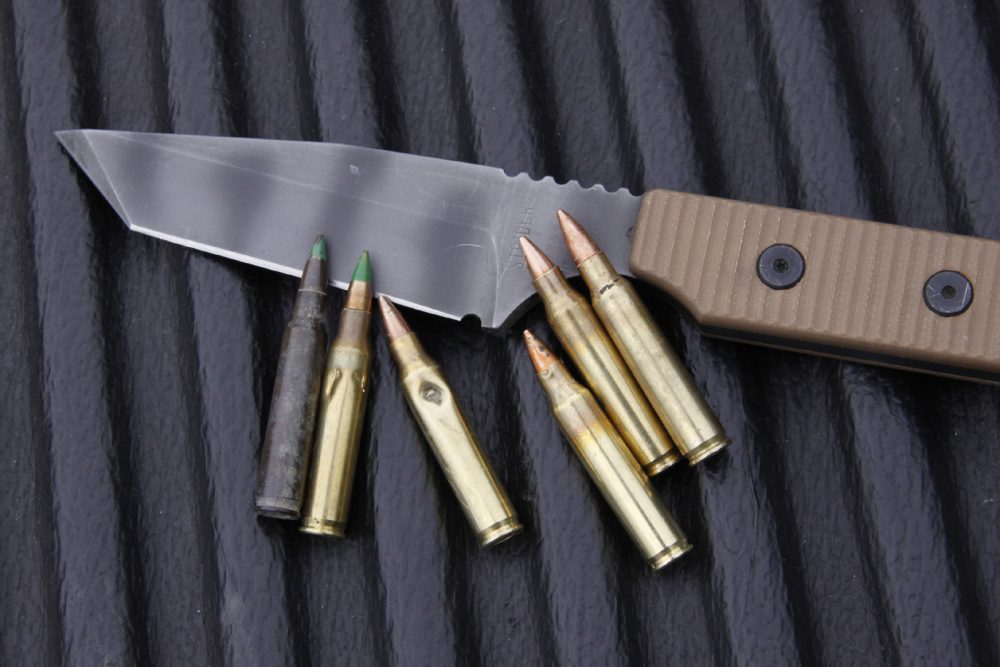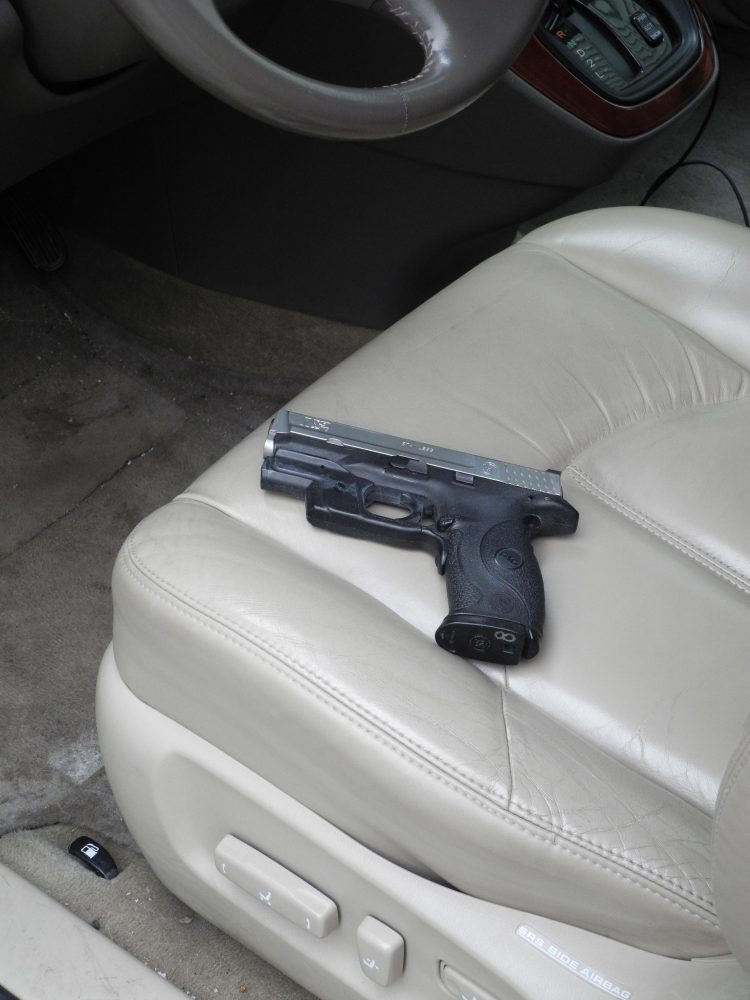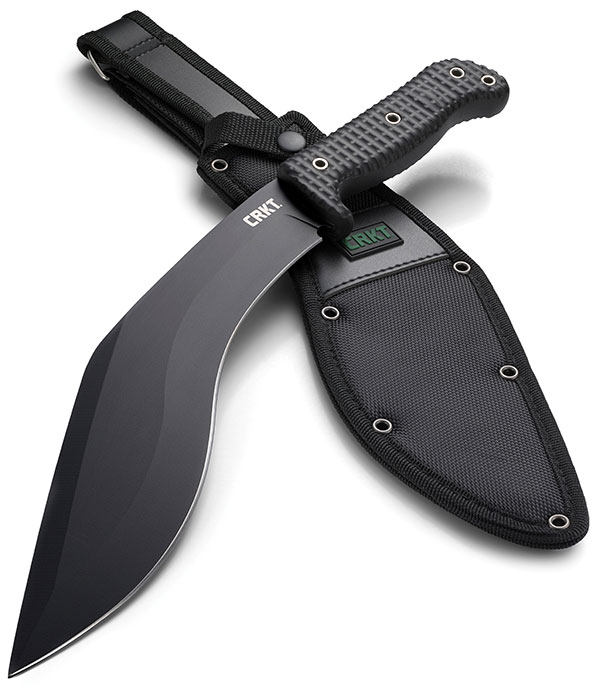
An edged weapon has a primitive appeal that is hard to deny. In many ways, proficiency with a knife in your hands can be more viable than relying solely on firearms. Knives can be specialty models tailor-made for CQB hand-to-hand applications or more utilitarian versions that can handle a variety of roles including survival tasks.
The Nepalese Gurkha Kukri knife is a distinctive edged weapon recognizable around the world. While an exact timeline of the Kukri’s origins is debated by archeologists, it dates to at least the early 1600s, with many making a case for its much earlier development—even a thousand years earlier. Before the Kukri became the national symbol of Nepal and famous for its association with the Gurkhas, it was a tool like any other issued field utensil, used for cutting, digging, preparing meals, and other miscellaneous tasks needed for troops in the field.
The Columbia River Knife & Tool (CRKT) KUK features Ryan Johnson’s take on the classic Kukri pattern. The CRKT KUK is made from Chinese 65 Mn, a spring steel with thermal resistance.
Research indicates that in China, 65 Mn is considered an economical steel good for applications requiring some temper, thus ideal for use in a machete-like tool. Chinese 65 Mn is the equivalent of our 1065 carbon steel. Knife blades made of 10-series carbon steels (1095, 1084, 1075, 1065, 1050, et al) are considered easy to sharpen, achieve high hardness, and have excellent toughness.
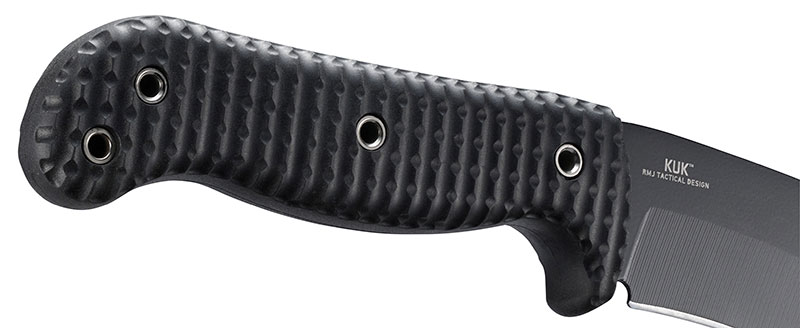
The KUK has an overall length of nearly 16 inches with a 10.5-inch blade, and it weighs 14.7 ounces. The KUK’s blade is slimmer than typical machetes, with a blade thickness of .139 inch. Johnson’s CRKT KUK combines knife and machete characteristics and feels nimble in the hand.
The KUK is bead blasted then black-powder coated to aid corrosion resistance. However, as with any carbon-steel blade, it is a best practice to wipe the KUK down with a light coat of oil to prevent rusting when possible.
The KUK’s handle is double injection molded and surrounds the full tang being held in place with pins. The KUK’s recurve blade and handle design set it apart from most other machetes. The KUK’s handle maximizes the weight-forward balance that is conducive to effective slicing and chopping. The handle material isolates vibration from the hand, and the texturing keeps the KUK firmly in your hand even when sweaty.
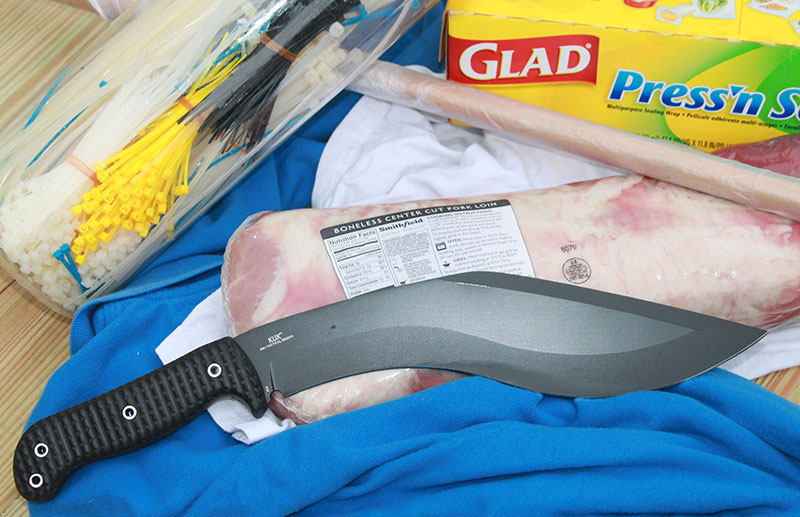
One of my standard knife evaluations involves a “porkman” used to evaluate slashing, chopping and thrusting effectiveness. I discovered this at a Mike Janich course I attended years ago. During the course, Mike did a demonstration using a bone-in pork roast butterflied around a broom handle, wrapped in plastic, and covered in multiple layers of clothing.
The porkman test offers an evaluator a means to test a blade’s effectiveness in a medium simulating an adversary’s clothed limb. The KUK had no issue thrusting to the hilt into the test medium. No real resistance was encountered penetrating the porkman’s layers of clothing, plastic, and meat. The KUK’s blade profile enhances penetration of the blade when stabbing.
As the blade enters, it creates a “wedge” that forces the cutting edge down as it moves forward, shearing along its length and penetrating extremely well. For personal defense, this allows the knife to penetrate very effectively, even through heavy clothing. It’s like a “large-caliber” knife—a bigger cut means a more significant wound channel. It also allows the knife to be removed easily instead of binding up in the target, thus facilitating rapid multiple strikes.
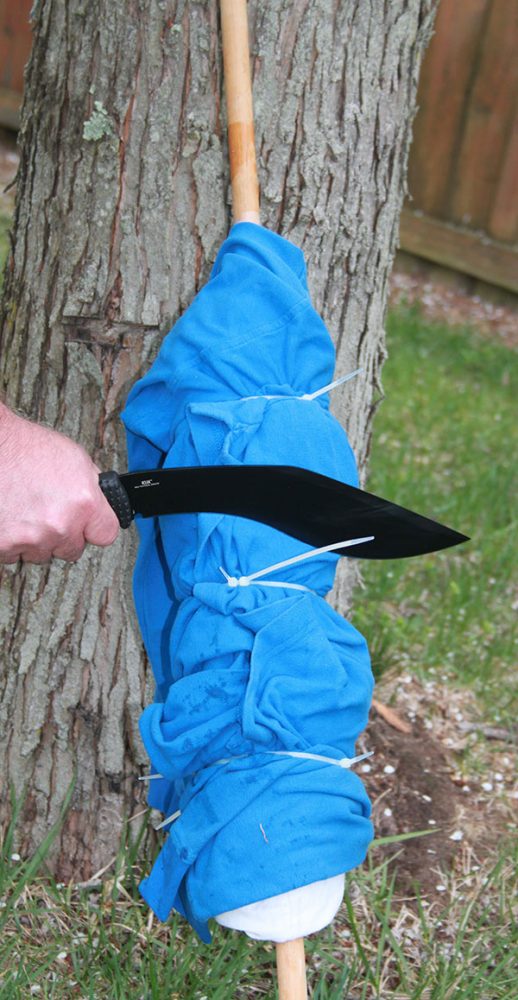
Further field tests included a rope cut and wood chopping to create kindling for a fire. The KUK easily sliced through several strands of rope joined together and left hanging loose from an overhead beam. I also cleared brush with the CRKT KUK, which gave a good idea of overall balance and handle design due to the constant motion and active manipulation of the KUK.
My first reaction was surprise at how good the CRKT KUK felt when I held it, especially considering its blade length. The KUK feels more like a knife than a machete when gripping up on the handle, while it maintains a machete’s swipe or whip motion when held more loosely.
The user wants something light enough to carry but still heavy enough to work efficiently. This is the main reason for the Kukri’s utilitarian design—it can dress game, carve, slash, and thrust with equal efficiency. The CRKT KUK is a general-purpose survival blade best incorporated into existing gear set-up.
CRKT provides the KUK with a basic nylon sheath that can be configured for either belt or drop-leg carry. A few feet of paracord allows the KUK to be laced to a pack or vehicle.

The CRKT KUK will more likely be used as a tool than a weapon, and is strong enough for the typical multitasking roles that can arise in a survival situation, including the crucial task of batoning through objects.
The KUK can perform myriad functions, such as cutting, digging, splitting wood, food prep, first aid, shelter building, fire making, hunting, prying, and self-defense. The KUK is a tool meant to be used, and is constructed as such.
Suggested retail price of the CRKT KUK is $69.99.
SOURCE
COLUMBIA RIVER KNIFE & TOOL
(503) 685-5015
www.crkt.com

